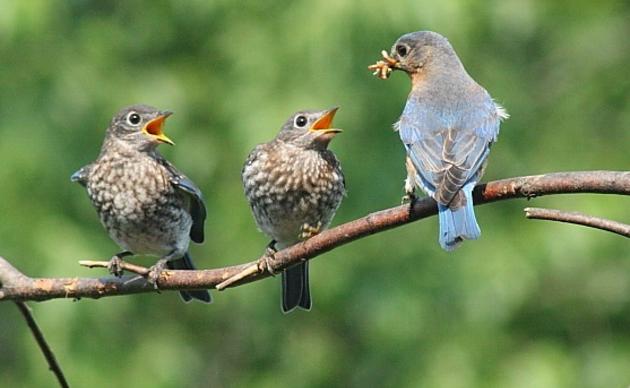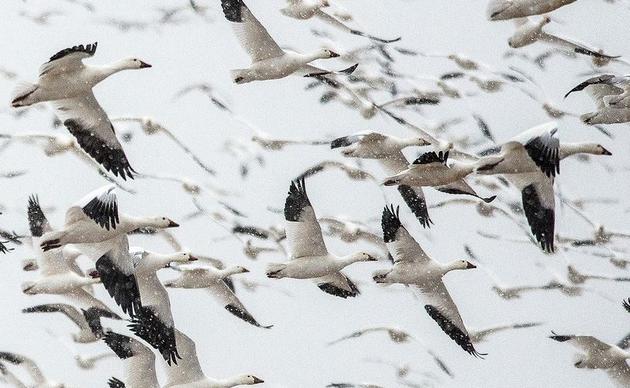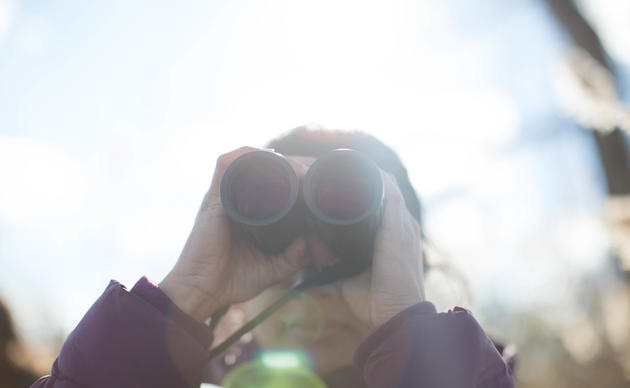Posted Jul. 3, 2015 at 3:30 PM on Utica OD, by Amy Neff Roth
When visitors to Montezuma National Wildlife Refuge ask where they can see bald eagles, they’re given plenty of choices.
There are 10 nests in the complex, three of them easily accessible from the road, said Chris Lajewski, director of the Montezuma Audubon Center. Go now and you might see young eagles fledging, he said.
“Here at Montezuma and across New York state, bald eagles have become a common species, which is amazing especially when you consider 40 years ago in New York we only had one pair,” he said.
And that pair produced eggs that were too thin to hatch, a legacy of the pesticide DDT. Hunting and habitat loss also contributed to the species’ decline nationally and in the state.
Back in 1976 as the nation celebrated its bicentennial, the state got serious about preserving the national bird within its borders. The state imported eaglets and gave them to that pair of eagles to foster. It worked. Between 1976 and 1980, those birds raised 23 eaglets.
One of those eaglets was found dead last month in Henrietta, hit by a car. It was 38 years old, the oldest wild bald eagle on record.
Now, there are 350 breeding pairs across the state, Lajewski said.
To ensure that bald eagles have a long life, the state is finalizing a conservation plan to make sure the birds will stick around for the tricentennial.
And there are plenty of eagles to be seen in the Mohawk Valley.
“Over the last decade, bald eagle numbers have been climbing dramatically in Central New York,” said Matthew Perry, director of conservation and resident naturalist at Spring Farm CARES in Clinton. “During winter, they are being seen virtually anywhere where they can find ice-free water and some fish. This includes the Mohawk River, West Canada Creek, Oriskany Creek and Black River.”
It’s a thrill, Lajewski said, to see middle aged and elderly adults come to Montezuma to see a wild bald eagle for the first time. People have a real emotional bond with the birds, he said.
“It’s such a symbol of our nation: strength, perseverance, overcoming of adversity, something we can all relate to,” he said. “And it’s thriving, much like our country is thriving once again.”




